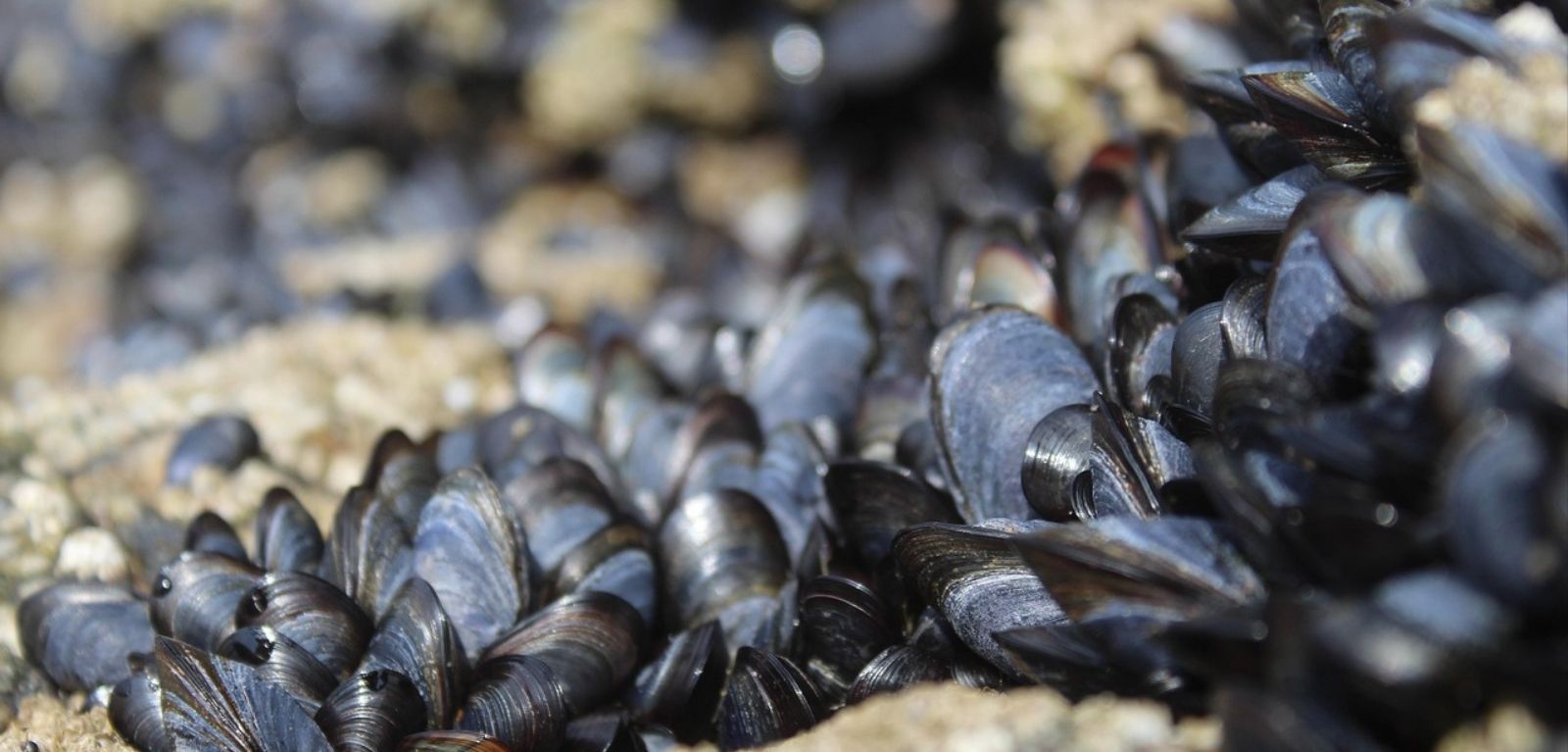Animals in cities are adapting to climate change, research shows
A new study indicates animal populations living in urban areas show elevated resilience to stressful environmental conditions, with conservation implications.

Published today in Ecology Letters, the study was conducted by Queen’s University Belfast in collaboration with the GEOMAR Helmholtz Centre for Ocean Research Kiel, Germany.
Researchers tested the adaptability of aquatic species, such as blue mussel and amphipods, found in shorelines in urban environments exposed to high ship traffic, compared with those from a remote protected shore.
An urban area can be described as a human settlement with a high population density and an infrastructure of built environment.
The team exposed the animals from both habitat types to a range of environmental stressors under laboratory conditions.
The treatments, which were events or situations that cause stress, reflected current and predicted environmental conditions in the sea, such as rising temperatures, saltwater changes and increased carbon dioxide.
The research showed animal populations from urban areas, with higher temperatures and greater concentrations of pollutants, demonstrated significantly higher resilience to stressful environmental conditions when compared to their counterparts from protected habitats.
Dr Ross Cuthbert from the School of Biological Sciences at Queen’s, was part of the international team of researchers, he said:
“Our findings indicate that the populations of species differ substantially in their susceptibility to stressors associated with urbanisation.
“These results have important conservation implications, however, it remains to be seen whether these adaptations can keep pace with the rate of human-induced environmental changes relating to climate change such as pollution, burning fossil fuels, deforestation, and more.”
Urban habitats are very different from natural habitats and pose new challenges for animals and plants.
The research was led by Dr Elizabeta Briski, a marine biologist at the GEOMAR Helmholtz Centre for Ocean Research, she said:
“The results show that populations from urbanised habitats tend to be more robust to these environmental stressors and, are already adapting to changing conditions.
“These populations could serve as potential 'rescue populations' for endangered populations. At the same time, their greater tolerance to future environmental changes could make it easier for them to conquer new habitats. This makes them potential invasive species that can be spread by human trade and transport between urban centres.”
Dr Cuthbert adds:
“Until now, little was known about how populations of the same species evolve in habitats with and without human influence.
“While the tested species do not directly affect human health, if the processes found indeed worsen invasion risks in general, they could exacerbate known health risks from biological invasions, such as through spread of disease.”
The results of the study support the hypothesis that urban habitats can provide important clues about how animals will adapt to future environmental changes.
The project was funded by the Alexander von Humboldt Foundation and the Leverhulme Trust.
Media
For media enquiries please contact: Grace White, Queens University Communication Office: g.white@qub.ac.uk